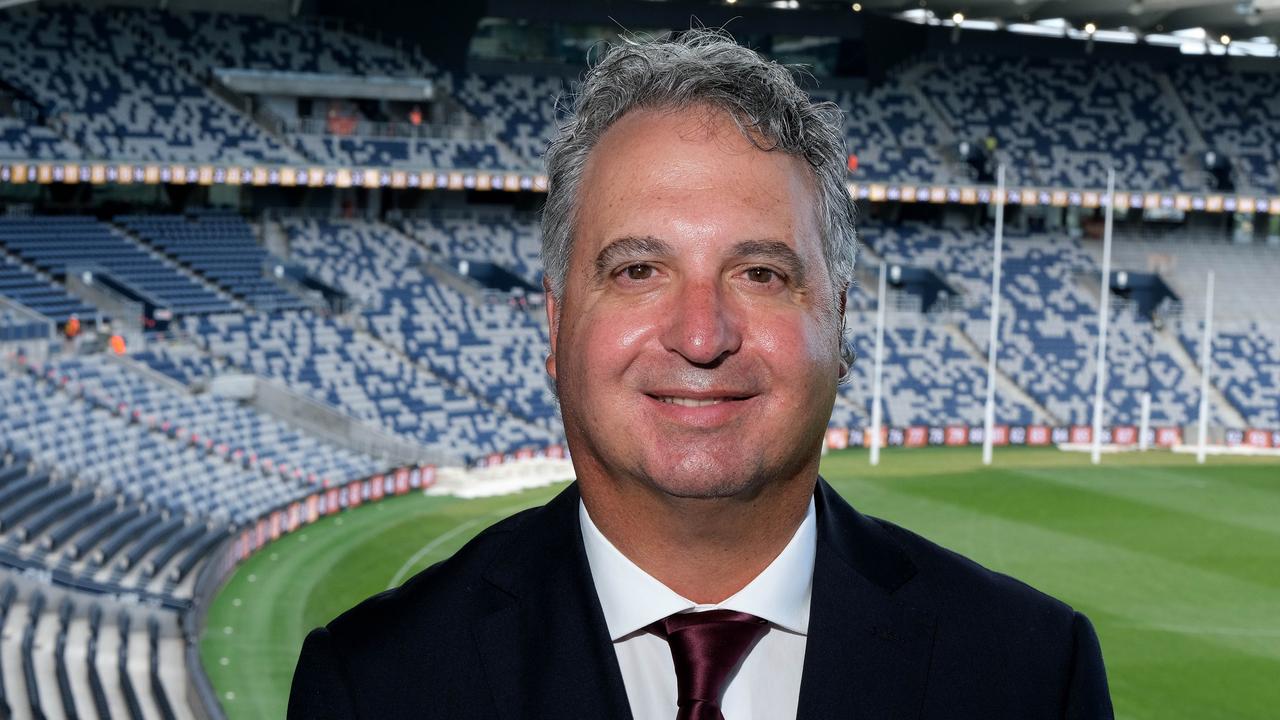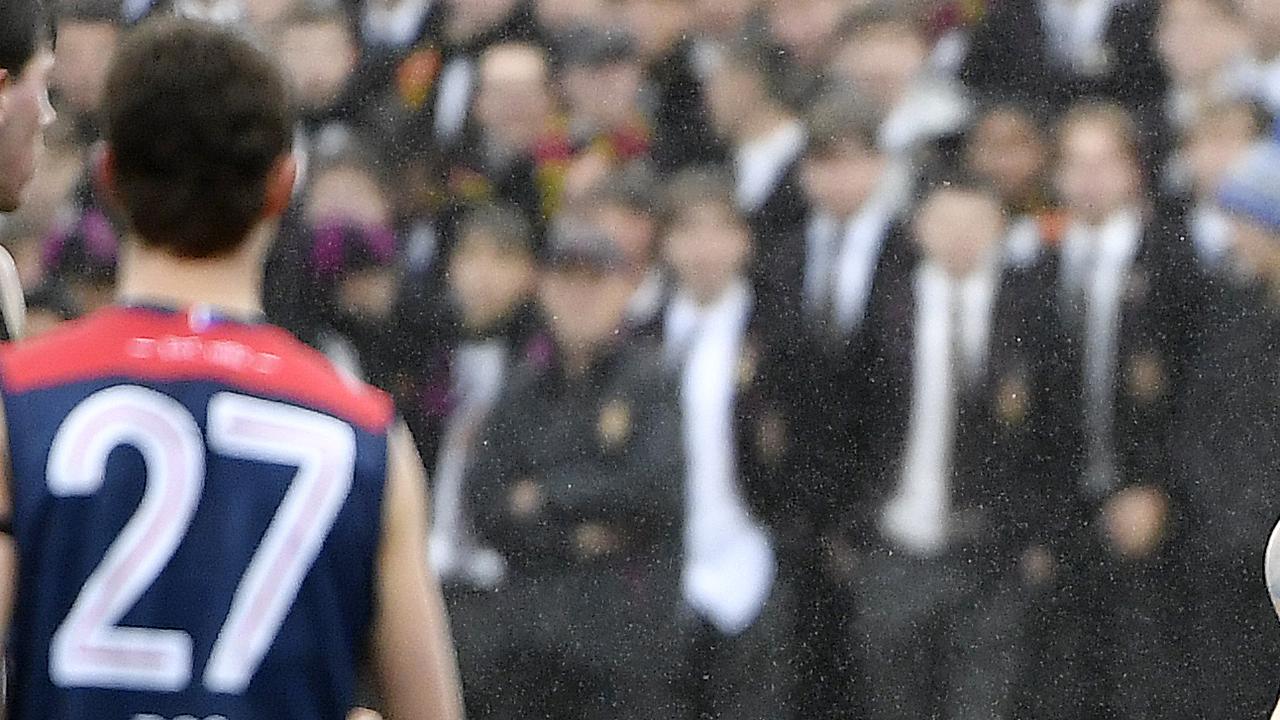AFL Rich 100: Inside the football economy: Highest and lowest paying jobs in the AFL revealed
Does a club CEO earn more than a senior coach? Is there more money in umpiring or being an assistant coach? See what these 19 key AFL industry jobs are being paid.
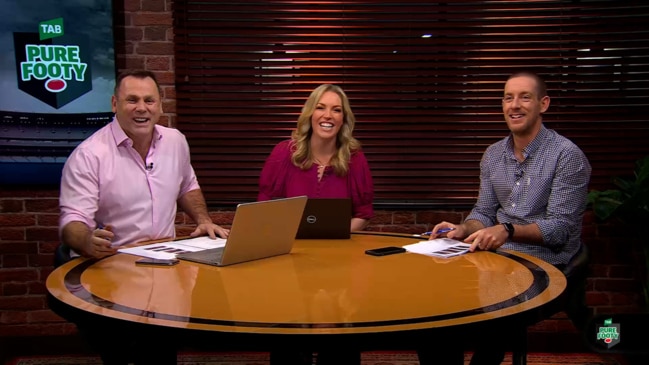
AFL
Don't miss out on the headlines from AFL. Followed categories will be added to My News.
Jeff Kennett says club chief executives are “dramatically overpaid”, with their potential earnings estimated at more than $1 million as part of an investigation into the football economy.
Several club bosses are paid more than their senior coaches, while foot soldiers in recruiting who help scour the country for talent are paid less than $100,000.
The AFL’s No. 1 field umpire, Matt Stevic, earns about $180,000.
The AFL Players’ Association’s 108 accredited player agents receive commission of 4 per cent on football contracts and a juicy 20 per cent on marketing deals from their clients.
Club CEO wages are excluded from the AFL’s $6.95 million soft cap on football spending, which will rise to $7.2 million next year.
In order, the top five earners included in the cap at most clubs are: senior coach, head of football, head of high performance, list manager and then assistant coaches.
The best-paid assistants earn about $300,000.
North Melbourne poached John Blakey from Sydney on good money.
Ex-senior coaches Brendon Bolton and Justin Leppitsch are on big assistant-coaching contracts at Collingwood, as well as senior assistants Ash Hansen (Carlton) and Steven King (Gold Coast).
SCROLL DOWN TO READ THE FULL AFL RICH 100 AND HAVE YOUR SAY ON THE BEST AND WORST DEALS IN THE LEAGUE

In 2008 – long before the soft cap – West Coast signed Michael Voss as a senior assistant coach on closer to $600,000, which was similar to the average senior contract at that time ($650,000).
Voss ultimately never joined the Eagles because he was appointed Brisbane’s senior coach. In 2011 — again before the soft cap — the Eagles’ $1.3 million recruiting budget towered over Western Bulldogs’ $450,000.
Most list bosses make close to $300,000 these days. Sources said Stephen Silvagni was once on close to $400,000 at the Blues. It’s understood Silvagni accepted far less at St Kilda this year.
While most football staff have their careers limited to the AFL industry, the global market for high performance experts can see them paid handsomely.
Adelaide’s Darren Burgess worked at Arsenal from 2017-2019 and has previously made more than $500,000 per season working for AFL clubs.
In 2019, Western Bulldogs head of sport science and physical performance Mat Inness advertised for a full-time strength and conditioning coach to join his department on $100,000-$150,000.
One source said when Dr Steve Saunders joined North Melbourne as high performance manager in 2010 he was paid more than the club’s previous senior coach, Dani Laidley.
Salaries for the same jobs in football can vary wildly from club to club where big names are often looked after.
But it was the pay packets of some administrators that Kennett hit out at.
“The senior people in AFL (club) land are grossly overpaid given the size of the business they operate,” the former Hawthorn president said.
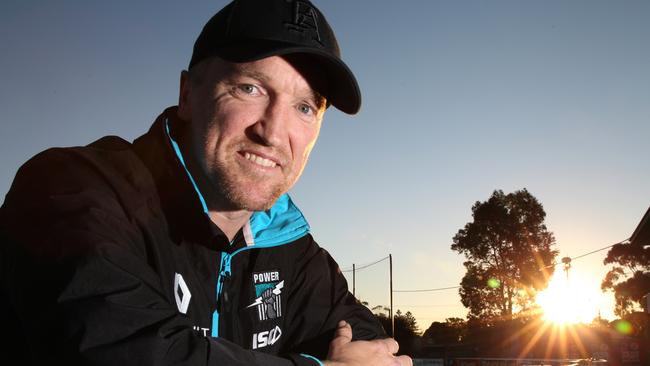
“That’s not to say people down at the coalface doing the work are overpaid. In fact many of them are not.
“They work very hard, long hours and their salary doesn’t reflect the hours they put in.
“But at the highest level in clubland, CEOs are dramatically overpaid for the size of the business they operate.”
Kennett’s board signed Hawthorn boss Justin Reeves to a five-year contract in 2021. Reeves stepped down last month citing mental-health concerns.
Carlton’s Brian Cook is among the richest administrators after being tabled a three-year contract he couldn’t refuse in 2021.
Cook had retired as Geelong chief executive but signed a contract to stay on as a consultant and to oversee the last stage of the GMHBA Stadium redevelopment.
But the 67-year-old then fielded calls from Blues board member David Campbell, ex-coach David Parkin and club reviewer Geoff Walsh who twisted his arm.
Powerhouse club bosses Brendon Gale (Richmond), Trevor Nisbett (West Coast), Craig Kelly (Collingwood) are also among the big earners.
Ex-Essendon boss Xavier Campbell was paid about $800,000 per season.
The AFL helped plant Mark Evans (Gold Coast) and Greg Swann (Brisbane Lions) on handsome contracts to help the Queensland clubs.
For Evans it continued his stunning career progression – in the late 1990s he was disciplining schoolchildren as year 9 co-ordinator at Mount Lilydale Mercy College.
Each club’s general manager of football essentially acts as the football department’s CEO by allocating the soft cap budget in what is often a tug of war between coaching and recruiting departments.
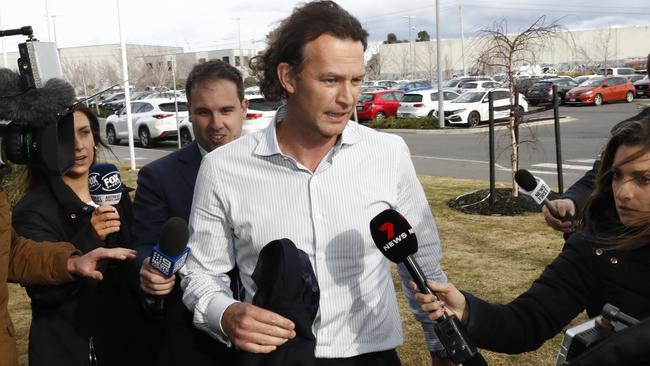
They often have four department heads reporting to them – women’s football, list and recruiting, coaching and high performance – making it a genuine management role that is paid accordingly.
Not every club chooses the same structure and those with added responsibilities, such as list management, are entitled to greater salaries.
Sydney’s executive general manager of football, Charlie Gardiner, is hands-on in player contracts, while GWS football boss Jason McCartney was promoted to that role from list manager.
Richmond employs a general manager of football performance (Tim Livingstone) as well as a general manager of football talent (Blair Hartley).
Some football bosses have hired interns from universities their club has links to for access to cheap resources.
Recruiting budgets for staff range from roughly $600,000-$1.1 million, which can sometimes be matched by the senior coach’s salary.
Every club cuts the cake differently and ladder-leader Port Adelaide has appeared to invest more than $1 million in recruiting recently.
Power has six full-timers – list manager Jason Cripps and national recruiting manager Geoff Parker as well as Anthony Parkin, Michael Regan, retired legend Robbie Gray and Brett Anderson.
Some clubs did not have that many full-time recruiting resources even before Covid.
St Kilda’s recruitment assistant Jarryd Roughead is gaining industry respect for his hardworking approach and commitment to attend so many games.
But most recruiters say their job has become a grind, with travel budgets slashed and frugal itineraries losing their shine.
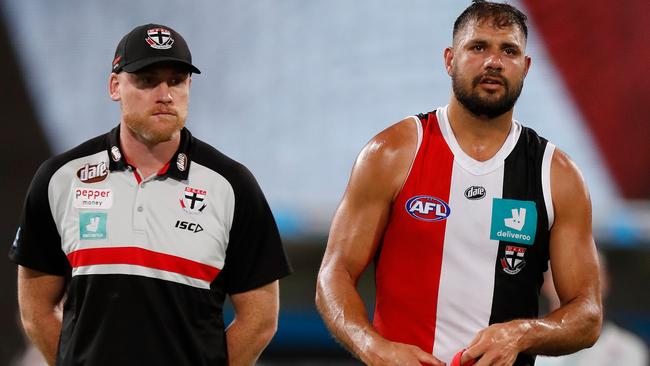
Like recruiters, assistants are being stretched and have little security with payout clauses often one to three months.
Side hustles have helped some assistants supplement their income – Port Adelaide’s backline coach Nathan Bassett doubles as director of football at Mercedes College.
When a new senior coach arrives they often wipe-out the existing team, which happened when Voss joined Carlton in 2021.
One line coach said their only day off was effectively spent preparing for the next day.
“You might have a hit of golf in the morning, but you’re home by 12pm and opening the laptop,” he said.
“They get the blood out of you, that’s for sure, and there’s no loyalty in it.
“If you add up the hours it’s not super money.”
Some assistants at the Giants are not paid enough to relocate their families to Sydney.
“You’re on $180,000 as a coach and you rent for a family with three kids – it’s $1300 a week to rent in Sydney,” one manager said.
The Sydney clubs struggle to attract the best off-field talent because of the soft cap and coaches often bounce between those arch-rivals.
A recent AFL coaches survey showed 42 per cent rated their mental health average or below and 26 per cent were happy with their work-life balance, down from 60 per cent pre-Covid.
Stevic’s estimated salary included a base of around $75,000 plus bonuses and match payments of $2400.
Match payments soar in September – the grand final is worth about $12,000 – but home-and-away payments plummet to about $400 in the VFL.
Umpires are part-time AFL employees who hold down full-time jobs out of football.
Some working as school teachers or in finance (Ray Chamberlain is a mortgage broker at Chamberlain & Co).
Fox Footy and SEN star Garry Lyon is understood to rake in about $1 million in what would go close to topping the media earnings.
But at clubland the turnover of staff is high and plenty of former employees have found their exits liberating as expertise is drained from the industry.
One theme from the recently-departed was the realisation that working in football was not the glamorous life they had dreamed about.
Originally published as AFL Rich 100: Inside the football economy: Highest and lowest paying jobs in the AFL revealed

